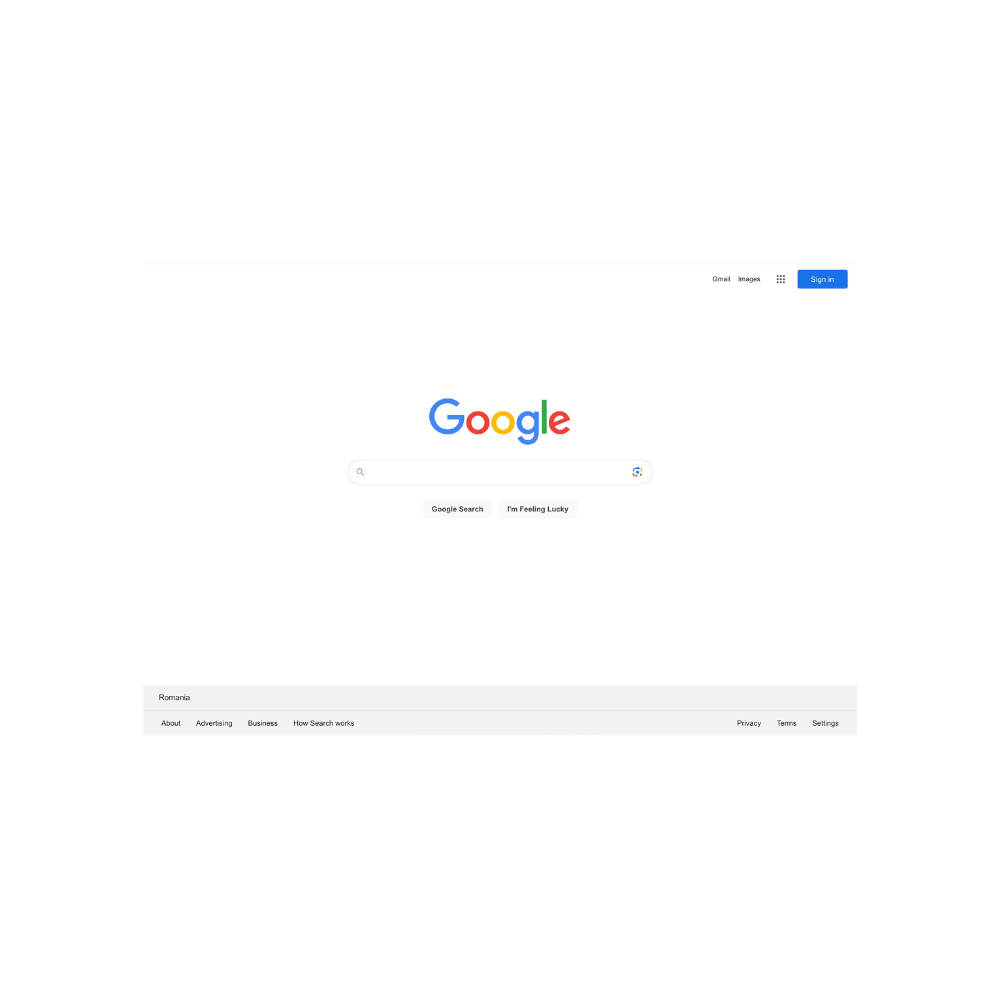Minimalism
It seems like a lot of people are using the term "minimalist design" these days, but when I ask my clients what they mean, they usually mean "contemporary designs with dynamic designs that use minimalist design elements," rather than "minimalist design." Google, for instance, is a great example of minimalist design that has strategically chosen to depart from this style in one key area: illustrations and their element of surprise, the Google logo that changes in response to current events.
What is minimalist design?
Minimalist design embodies a philosophy focused on simplicity, clarity, and the removal of unnecessary elements. The approach emphasizes the principle that simplicity yields greater impact, concentrating on distilling designs to their fundamental elements to achieve a refined and orderly aesthetic. This strategy optimizes functionality and elevates user experience by eliminating distractions and focusing on what matters most.
Pro’s & Con’s
Pro-Enhanced UX by clarity and focus, faster loading time, timeless.
Con-Oversimplification, loss of functionality, inaccessible (relies on intuition), lack of sustainability.
I envision it like this: you encounter an individual who consistently wears a white or black shirt paired with blue jeans, communicates with precision, exhibits unwavering focus, and operates with speed and efficiency. While it may seem appealing, until you have to go somewhere black-tie, you need to delve into specifics. This lack of character loses its novelty and diminishes over time.
What I recommend is to focus on the fundamentals of minimalist design and select which attributes speak to you, your target audience, and your brand. Then embrace the spirit of innovation and creativity, pushing boundaries just slightly. You will know you have done this right when your brand resembles something like Google or Chatgpt.
Fundamental principles that characterize minimalist design:
Simplicity
Essence Over Excess: Include only the most essential elements needed to convey the message or function.
Clarity: Designs should be straightforward and easy to understand, avoiding complexity that can confuse users.
Functionality
Purposeful Elements: Every component in the design should serve a specific purpose.
User-Centered Design: Prioritize the needs and experiences of the user in every aspect of the design.
Use of Negative Space
Whitespace Utilization: Effective use of empty spaces enhances focus on main elements and improves readability.
Balance and Harmony: Negative space helps balance the composition, making the design feel complete and harmonious.
Limited Color Palette
Neutral and Monochromatic Schemes: Often employs neutral colors to maintain simplicity and cohesion.
Selective Accent Colors: Uses minimal accent colors to draw attention to important elements without overwhelming the viewer.
Clean Typography
Simple Fonts: Utilizes clean, legible typefaces, often sans-serif, to enhance readability.
Hierarchical Structure: Establishes a clear typographic hierarchy to guide the viewer through the content logically.
Quality Over Quantity
High-Quality Materials: In physical products or architecture, focuses on durable, high-quality materials.
Craftsmanship: Emphasizes excellent craftsmanship and attention to detail.
Geometric Forms and Lines
Simple Shapes: Incorporates basic geometric shapes and clean lines for a straightforward aesthetic.
Consistency: Maintains consistency in shapes and forms throughout the design to create unity.
Reduction of Clutter
Elimination of Non-Essentials: Removes unnecessary elements that do not contribute to the overall purpose or function.
Organized Layout: Arranges elements in a logical and orderly manner to enhance usability.
Attention to Detail
Precision: Ensures elements are precisely aligned and proportioned.
Subtle Enhancements: Small details are carefully considered to enhance the overall design without adding complexity.
Visual Hierarchy
Guiding the Viewer: Uses size, color, and placement to lead the eye through the design in an intentional way.
Prioritization: Highlights the most important elements to ensure they receive the most attention.
Timelessness
Avoiding Trends: Steers clear of fleeting design trends to create a timeless aesthetic.
Enduring Appeal: Aims for longevity in both aesthetic and functional aspects.
Restraint and Discipline
Selective Inclusion: Carefully chooses what to include, ensuring each element adds value.
Consistency: Applies a consistent approach throughout the design to maintain a cohesive look and feel.
Notion | Workspaces
Emphasis on Content
Content First: Design elements that support and highlight the content rather than overshadow it.
Clear Messaging: Ensures that the core message or function is immediately apparent to the user.
Use of Textures and Materials
Subtle Textures: Incorporates textures to add depth without detracting from the overall simplicity.
Natural Materials: Often uses natural materials like wood, metal, or stone to add warmth and authenticity.
Adaptability
Versatility: Designs are flexible and adaptable to different contexts without losing their essence.
Scalability: Maintains effectiveness across various sizes and formats.
Minimalist design represents a compelling strategy, yet its effectiveness is maximized when applied with careful consideration, creating space for your brand’s distinctive identity to flourish. Rather than strictly adhering to minimalism in every detail, view it as a foundational canvas that allows for the integration of your unique flair and personality. This flexibility allows us to infuse character, fostering a more genuine connection with our audience. By strategically integrating elements of minimalism, you achieve a harmonious balance between simplicity and depth, ensuring your design is engaging, memorable, and aligned with your brand's voice.



